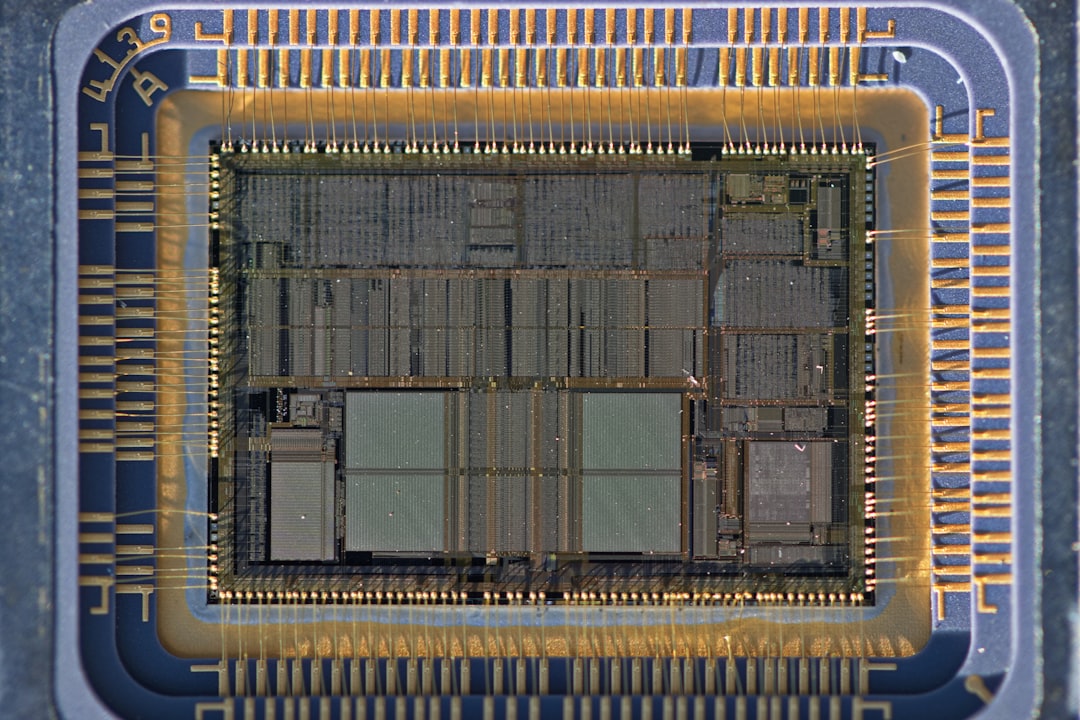When you hear about computer performance, terms like CPU clock speed, cores, and cache often come up. While most people understand what cores and speed mean, the cache can remain a mystery. However, CPU cache—specifically L1, L2, and L3 cache—plays a critical role in the overall speed and efficiency of a processor. Understanding what these are and how they function can help you appreciate how complex and sophisticated modern CPUs truly are.
What Is CPU Cache?
Table of Contents
At its core, a CPU cache is a small amount of fast memory located inside or very close to the processor. It acts as a high-speed intermediary between the CPU and the much slower RAM (Random Access Memory). Caches store frequently accessed data and instructions so that the CPU doesn’t have to fetch them from the RAM repeatedly, significantly enhancing performance.
The CPU cache is structured into multiple levels—L1, L2, and L3—each serving a different role in the data access hierarchy.
L1 Cache: The Speed Demon
L1 (Level 1) cache is the smallest and fastest of the three cache levels. It is located directly within the processor core and is usually split into two parts:
- Instruction cache (L1i) – stores instructions the CPU is likely to execute next.
- Data cache (L1d) – stores data that the CPU may want to read or write.
Given its proximity to the CPU cores, L1 cache operates at the same speed as the processor clock, making it extremely fast. However, it’s also quite small—typically ranging between 16KB to 128KB per core—because it must be built using the fastest and most expensive forms of memory.

L2 Cache: A Balanced Middle Ground
L2 (Level 2) cache is slightly larger but slower than L1 cache. It acts as a supportive buffer between L1 and L3 or RAM, storing more data and instructions that don’t fit into L1. Depending on the processor design, each core may have its own dedicated L2 cache, or it could be shared amongst several cores.
In modern CPUs, L2 cache sizes typically range from 256KB to 1MB per core. While slower than L1, it’s still significantly faster than accessing RAM directly. L2 cache helps prevent “cache misses” from reaching the more performance-draining stages of memory access.
L3 Cache: The Team Player
L3 (Level 3) cache is the largest and slowest among the three, but it serves a critical collaborative function. Unlike L1 and L2, which are generally specific to individual cores, L3 cache is shared across all cores in a multi-core processor. It helps maintain data consistency between cores and reduces memory traffic to RAM.
L3 cache sizes can range from 2MB to 64MB or more, depending on the CPU model and manufacturer. Even though it’s slower than L1 and L2, its high capacity and shared accessibility make it invaluable for multi-threaded performance and heavy computational tasks.

Why Cache Matters
Every time a CPU executes an instruction, it needs to fetch data. This data can come from:
- L1 Cache – fastest access, very limited capacity
- L2 Cache – slight latency, more capacity
- L3 Cache – slower, shared but much larger
- RAM – significantly slower than cache levels
- Storage (SSD/HDD) – orders of magnitude slower
The faster the data source, the better the CPU can perform. That’s why sophisticated caching architecture is key to processor efficiency. Without cache memory, the CPU would spend much more time waiting for data from slower memory sources, bottlenecking the entire system.
Cache in Modern CPUs
Modern processors from Intel, AMD, and ARM-based manufacturers continue to innovate with improved cache hierarchies. Some CPUs now incorporate up to three levels of cache within each core and use algorithms to dynamically pre-fetch data and instructions. These enhancements ensure optimal performance for everything from everyday computing to intensive tasks like gaming, video editing, and scientific simulations.
Conclusion
L1, L2, and L3 cache are essential components of a CPU that work together to bridge the speed gap between the processor and system memory. Each level is carefully designed to optimize access speed and capacity. Understanding this layered caching system helps demystify how CPUs achieve such high performance and highlights the powerful engineering behind our everyday devices.

